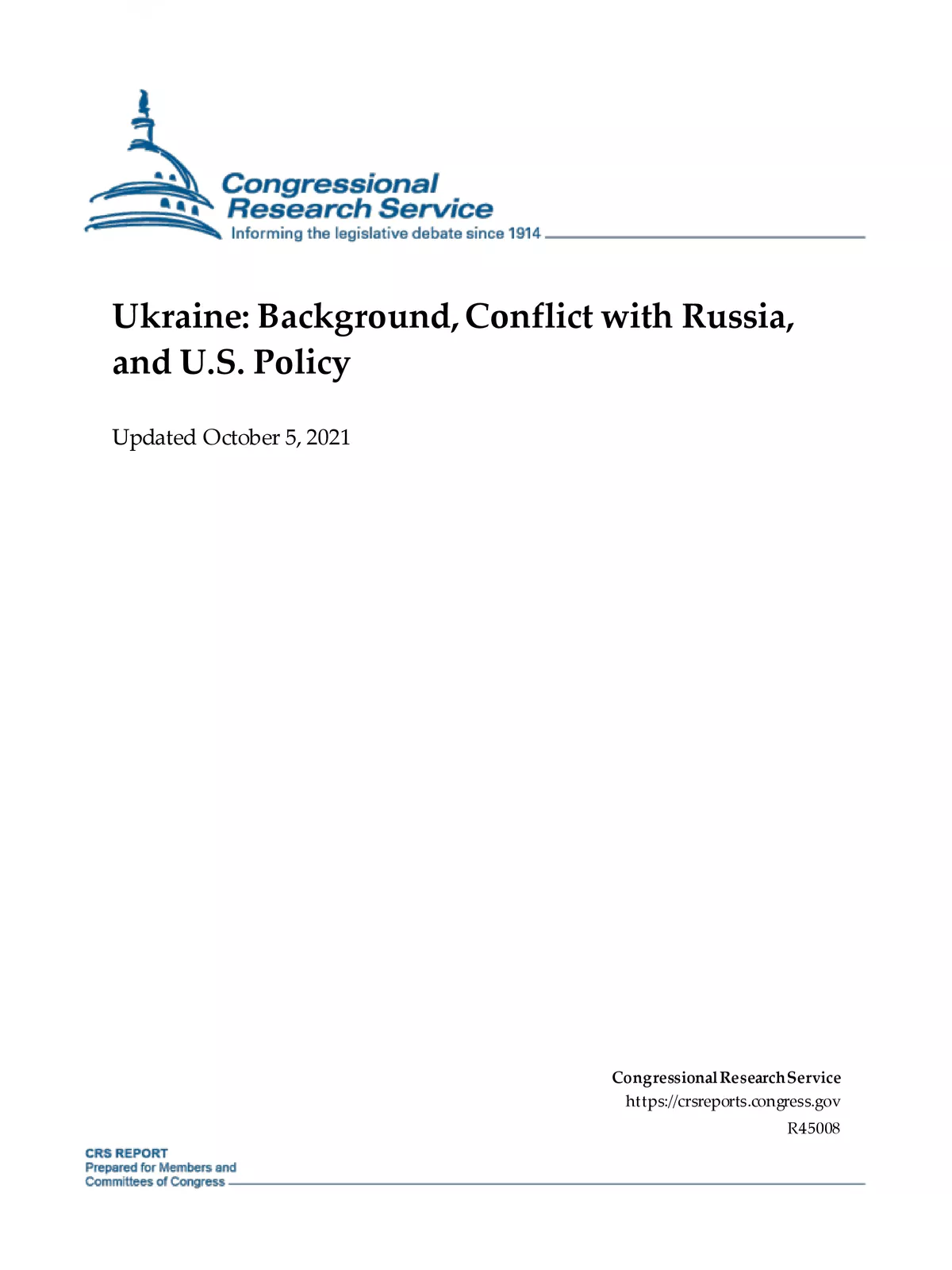Russia Ukraine Conflict Summary - Summary
Ukraine has undergone significant changes since the 2013-2014 Revolution of Dignity (also known as the Euromaidan Revolution). The ongoing conflict between Ukraine and Russia has drawn global attention, impacting politics, the economy, and market systems around the world. Unfortunately, diplomatic efforts by world leaders to resolve this crisis have shown little progress.
Background of the Conflict
On February 21, Russian President Vladimir Putin signed a decree with separatist leaders, recognising two regions in Ukraine—Donetsk and Luhansk—as independent entities. He then ordered Russian troops to “maintain peace” in these breakaway regions. This announcement followed repeated warnings from Western nations against recognising these two separatist areas, which could threaten ongoing peace efforts.
Russia Ukraine Conflict Summary
The conflict ignited when Ukrainian President Viktor Yanukovych rejected an association agreement with the European Union, opting instead for closer ties with Moscow. This decision led to widespread protests, ultimately resulting in his ousting during the Revolution of Dignity. Following these events, Russia annexed Ukraine’s Crimean Peninsula and supported the separatist rebellion in eastern Ukraine.
Subsequently, Russia launched an attack in Donbas, Ukraine’s industrial heartland. Tragically, over 14,000 lives have been lost in the armed conflict between Ukrainian forces and Russia-backed separatists.
Ukraine and Western countries have accused Russia of sending troops and supplying weapons to the rebels, a claim that Russia has repeatedly denied. On the other hand, Russia has strongly criticized the US and NATO for providing military support to Ukraine, including weapons and joint military exercises. President Putin has raised concerns about NATO members setting up military training centres in Ukraine, fearing this would establish a military presence in the region, even if Ukraine does not join NATO.
In its security demands, Russia has made it clear that it does not want Ukraine to join NATO and insists on the halt of all NATO drills near its borders, along with the withdrawal of NATO troops from Central and Eastern Europe. Importantly, Ukraine’s accession to NATO requires unanimous approval from all 30 member states. Additionally, Russia considers Ukraine as part of its “sphere of influence,” viewing it as territory rather than as an independent state.
Despite these demands, the US and NATO have outright rejected Russia’s requests. The West continues to stand by Ukraine and has vowed to impose financial consequences on Russia if its troops escalate their invasion of Ukraine.
Download the PDF
You can download the Russia Ukraine Conflict Summary PDF using the link provided below for further insights.
